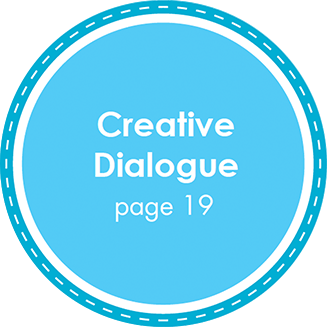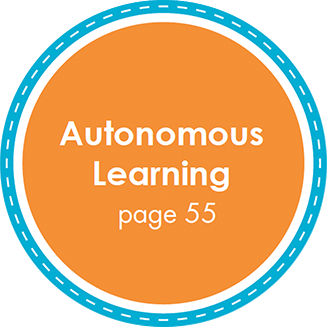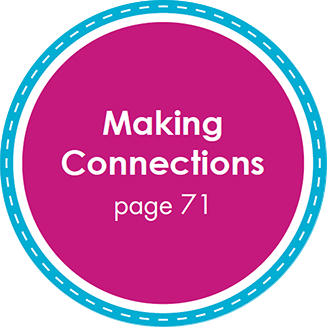Educator's Guidebook Preview
-
Empathy as the Foundation for Learning Page 3
-
Table of Contents Page 6
-
School Climate Applications for the Empathy Toy Page 14
-
Academic Applications for the Empathy Toy Page 16
-

The Educator's Guidebook for K–12
The games contained in this guidebook have been designed to reveal the intimate relationship between empathy, creativity, and learning in the 21st century. They are opportunities for students of all ages to apply and refine empathy in four domains: Creative Dialogue, Teamwork & Collaboration, Autonomous Learning, and Making Connections.
-

Creative Dialogue
Empathy allows us to adjust the way we communicate so that we can be understood on someone else’s terms. In addition to diversifying our communication style, empathy-driven dialogue allows us to identify gaps and assumptions in our own understanding.
-

Teamwork & Collaboration
Students are routinely asked to work in teams, yet collaboration is rarely taught as a skill. Practicing empathy helps students test and refine a number of techniques to navigate the challenges and rewards of working with others.
-

Autonomous Learning
Students are in control of their own learning – but helping them recognize this agency is difficult. Empathy can be harnessed to help students better understand how their actions affect themselves and others, and provide them with the language needed to effectively self-advocate.
-

Making Connections
Each class requires creativity, collaboration, and autonomous learning – all of which rely on empathy. Since empathy carries equal importance across the curriculum, it can be used as a unifying thread that invites cross-disciplinary understanding.